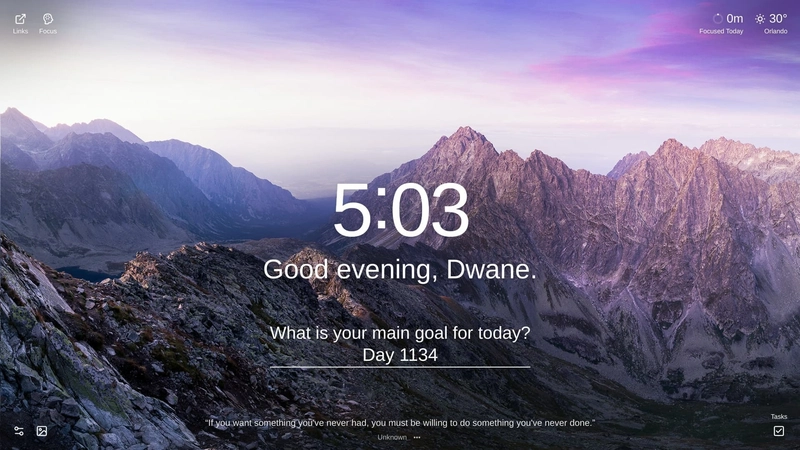Tech Tip Wednesday: 5 Ways to Speed Up Your Next.js App
Next.js is awesome, but your app can feel sluggish if you don’t optimize it. Here are 5 quick tips to make it run faster: 1️⃣ Use Dynamic Imports & Lazy Loading Reduce initial load time by dynamically importing components: import dynamic from "next/dynamic"; const HeavyComponent = dynamic(() => import("../components/HeavyComponent"), { ssr: false }); 2️⃣ Optimize Images with Next.js Image Component Instead of using , leverage Next.js's built-in component for better compression & lazy loading: import Image from "next/image"; 3️⃣ Enable Automatic Static Optimization Use getStaticProps() or getStaticPaths() to pre-render pages at build time for better performance. 4️⃣ Reduce Bundle Size with Code Splitting Analyze your bundle size with next build + next analyze to remove unused dependencies. 5️⃣ Leverage Edge Functions & Middleware Move logic closer to users with Edge Functions to improve speed and scalability.

Next.js is awesome, but your app can feel sluggish if you don’t optimize it. Here are 5 quick tips to make it run faster:
1️⃣ Use Dynamic Imports & Lazy Loading
- Reduce initial load time by dynamically importing components:
import dynamic from "next/dynamic";
const HeavyComponent = dynamic(() => import("../components/HeavyComponent"), { ssr: false });
2️⃣ Optimize Images with Next.js Image Component
- Instead of using
import Image from "next/image";
3️⃣ Enable Automatic Static Optimization
- Use getStaticProps() or getStaticPaths() to pre-render pages at build time for better performance.
4️⃣ Reduce Bundle Size with Code Splitting
- Analyze your bundle size with next build + next analyze to remove unused dependencies.
5️⃣ Leverage Edge Functions & Middleware
- Move logic closer to users with Edge Functions to improve speed and scalability.










![From drop-out to software architect with Jason Lengstorf [Podcast #167]](https://cdn.hashnode.com/res/hashnode/image/upload/v1743796461357/f3d19cd7-e6f5-4d7c-8bfc-eb974bc8da68.png?#)






























































